Infrared trigger cameras (hereinafter referred to as infrared cameras) are used to monitor wild vertebrates (mainly mammals and birds) in the protected areas.
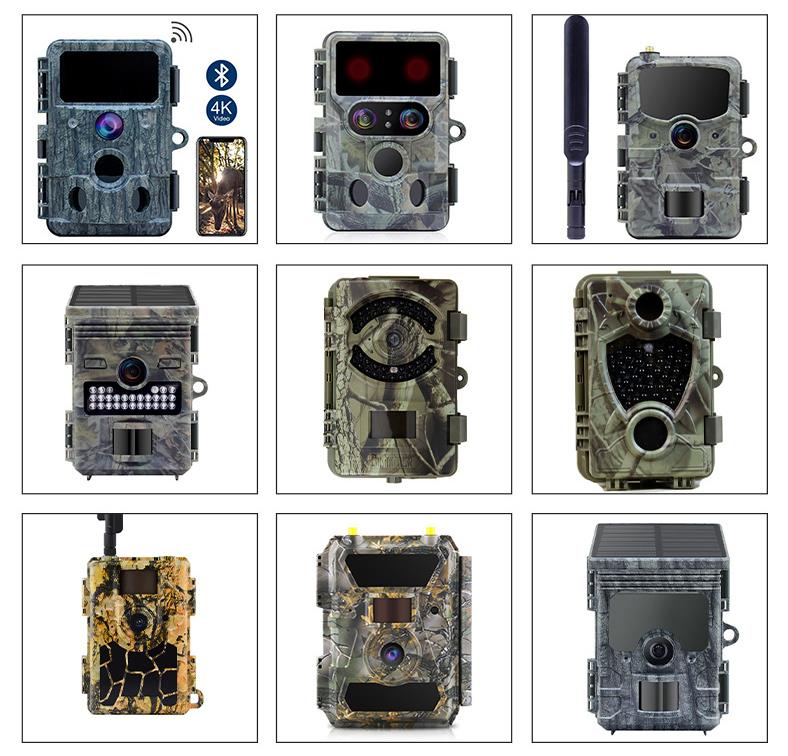
Deployment plan: According to the area of the protected area and the type of ecosystem, the protected area is divided into 1×1 km (mainly forest ecosystems), 5×5 km (mainly grassland and meadow ecosystem types, inland wetland and water ecosystem types, and marine and coastal ecosystem types) or 10×10 km (mainly desert ecosystems and grassland and meadow ecosystem types) grids. The sampling percentage of the survey grid is determined according to the number of infrared camera equipment and the area of the protected area. The stratified sampling is carried out by comprehensively considering factors such as vegetation type, altitude range, functional zoning, and human interference. One infrared camera is deployed in each grid at a time, and each camera is placed at each site for half a year. The camera is placed at sites where animals are active frequently, such as animal trails, water sources, salt wells, nitrate ponds, nests, and intersections. After half a year, the camera is moved to other locations in the grid. Each grid is continuously monitored for 1 year using infrared cameras, and the camera can be moved to other grids after 1 year.
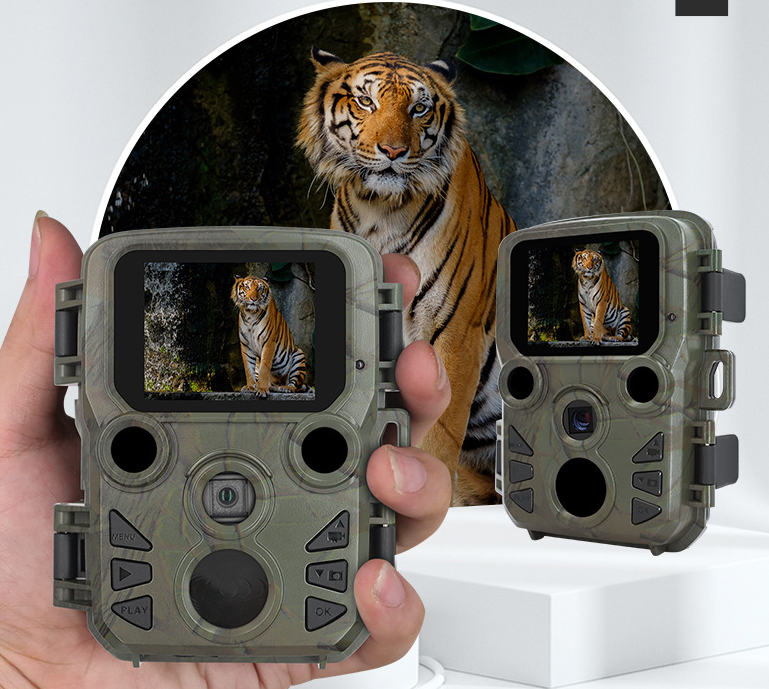
Infrared cameras can be divided into four types according to application scenarios and performance parameters: basic, standard, self-organizing network and 4K high-definition. The specific parameters of infrared camera equipment shall not be lower than the standards in the attached table.
(1) Basic infrared camera
It can meet the most basic requirements of wildlife surveys in protected areas across the country. It has the low power consumption and high protection capabilities required for stable all-weather operation in protected areas in various climate zones in China, has a low rate of empty shots and missed shots, and can take clear pictures and videos.
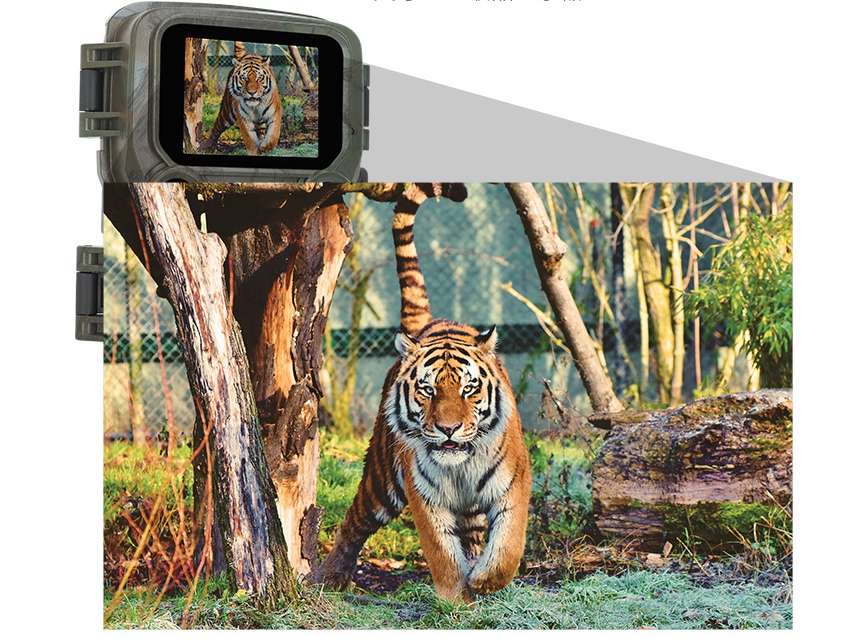
(2) Standard infrared camera
On the basis of the basic standard, it further meets the needs of wildlife monitoring, increases the monitoring purposes of the equipment, improves the image quality, improves the accuracy of environmental factors, time and positioning, provides supporting data management software, improves the ability to convert monitoring data into scientific research results, and provides a certain degree of hardware function and software function customization services; improves the ease of use of the equipment, simple menu operation and settings, more in line with the usage habits of front-line patrol personnel, and can more conveniently and quickly deploy cameras in the wild, improving the quality of data output.
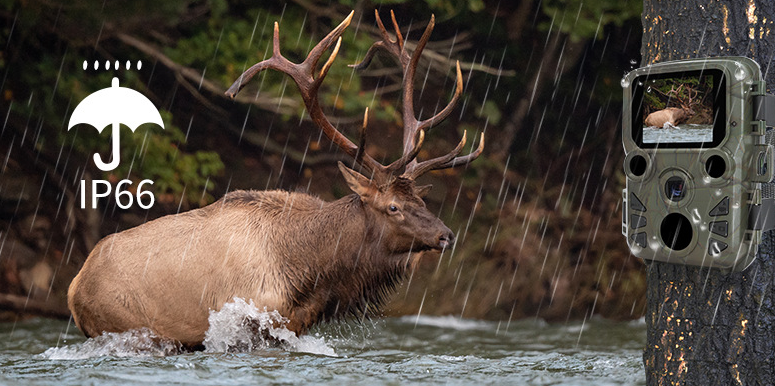
(3) Self-organizing infrared camera
Supports three power supply modes: No. 5 alkaline battery, large-capacity lithium battery and external solar panel; self-organizing infrared camera has all the functions of standard infrared camera and the ability of self-organizing wireless transmission, and can transmit thumbnails, high-definition photos, short videos, equipment status information and other data; realizes real-time high-precision data monitoring based on the Internet of Things and seamless connection with the server; can work in the wild all-weather and all-terrain for a long period of time, has the ability to automatically monitor and automatically return data to the server, and seamlessly connects to the national nature reserve biodiversity monitoring big data platform.
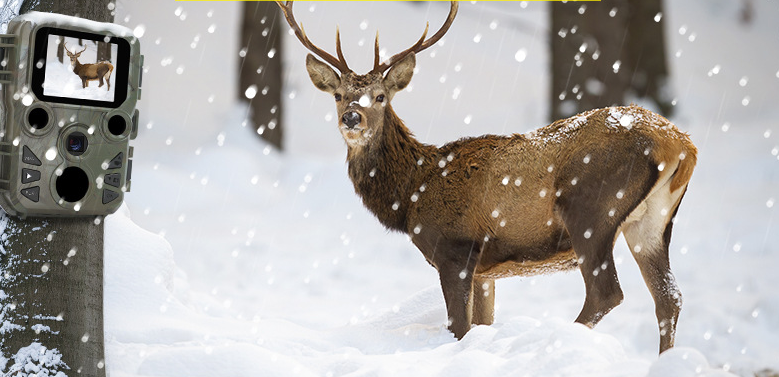
(4) 4K high-definition intelligent infrared camera
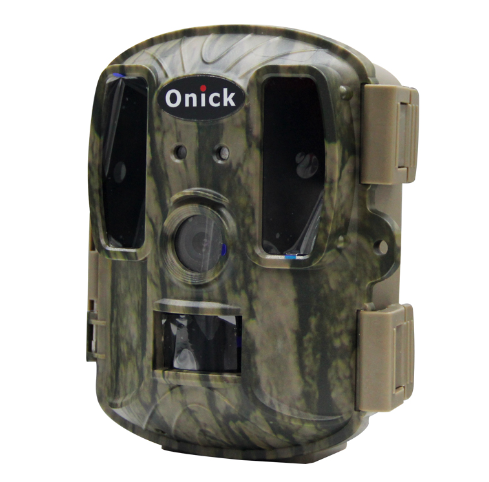
Realizes long-term and stable shooting of 4K high-definition video through infrared triggering in the wild all-weather, providing high-definition materials for popular science propaganda and nature education in the protected areas, and collecting high-definition video materials of wild animals for CCTV's "Secret Eyes" column. At the same time, the infrared camera is equipped with a chip that supports edge-end algorithms, which can filter and screen the photos taken in the camera itself (for example, the function of removing invalid photos such as empty photos), and can optimize the photo quality through algorithms.

